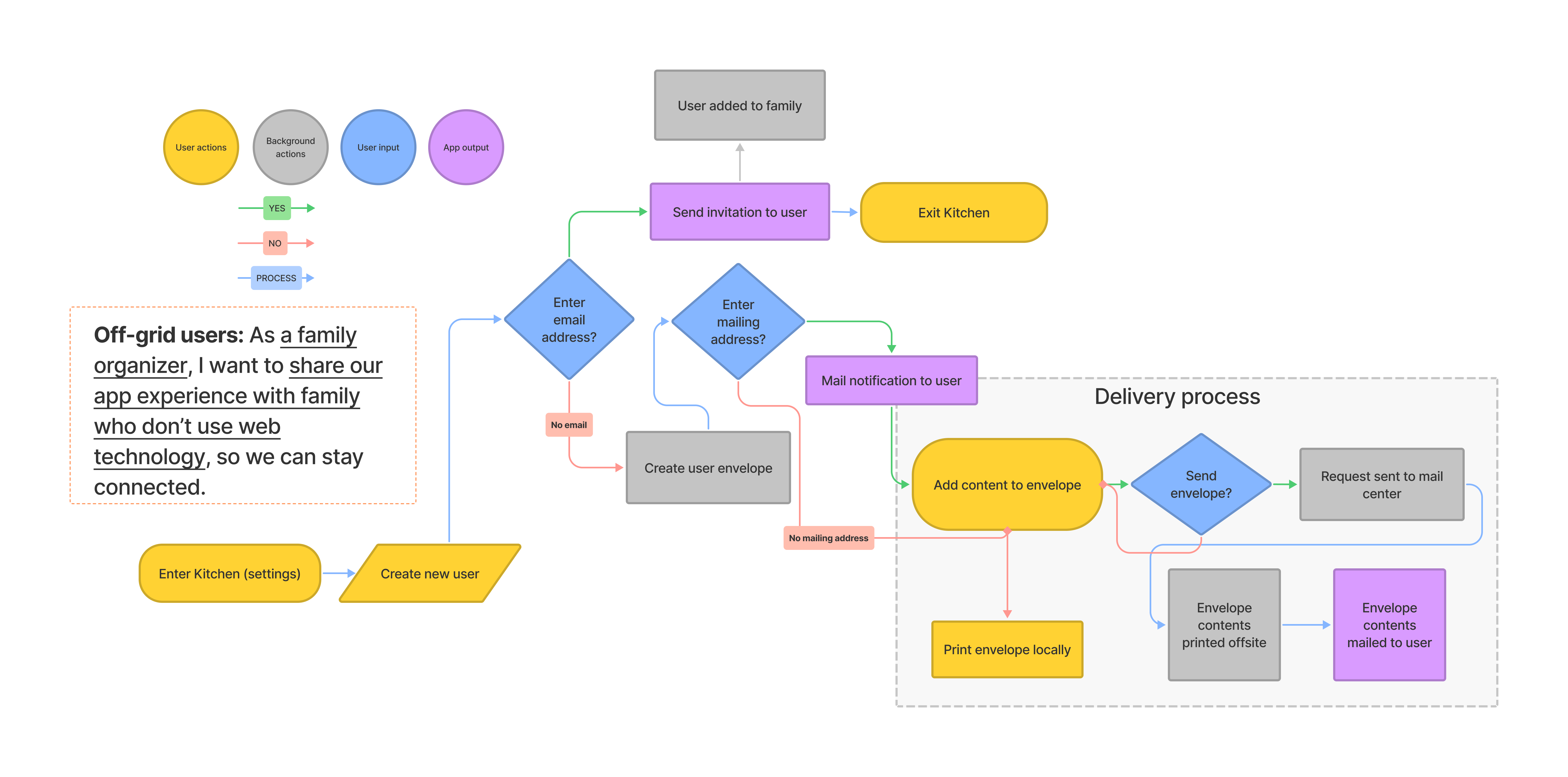Networks
The topic of networks concerns two different kinds of network connections at play in the rhetorical situation of the family app: networks within and networks without.
Networks Within
Text messages between users of Android and iOS platforms can suffer from the incompatible messaging protocols within each system. This incompatibility prevents content links from fully rendering and inhibits the expressive capabilities found in messaging. For example, Apple users in text conversation have the option to react or “tapback” to messages.

However, when a reaction is employed in a mixed-platform conversation, users will see a text that says “[reaction] [message content]”. Messages from such a conversation might look something like this:

At the time of this writing, Google is testing the integration of a “tapback” feature into its default messaging service. But the wooden quality of communication persists in other important ways, specifically in how online content displays and how audio/video calls are handled. These are larger questions for social media and messaging companies and the interoperability they afford to other apps through their APIs.
Networks Without
The concept of the family network expands beyond those who use a certain app or who prefer phone or video calls to text messages. The connections of family aren't only mediated by modern communication technologies, but also the more enduring technology known as writing. To reach users who may not use modern technologies like smart phones, a truly network-aware app could provide the ability to transfer selected artifacts from the digital world to the analog world, by printing those materials. Users of the app could be entirely off the grid of digital network communications.
